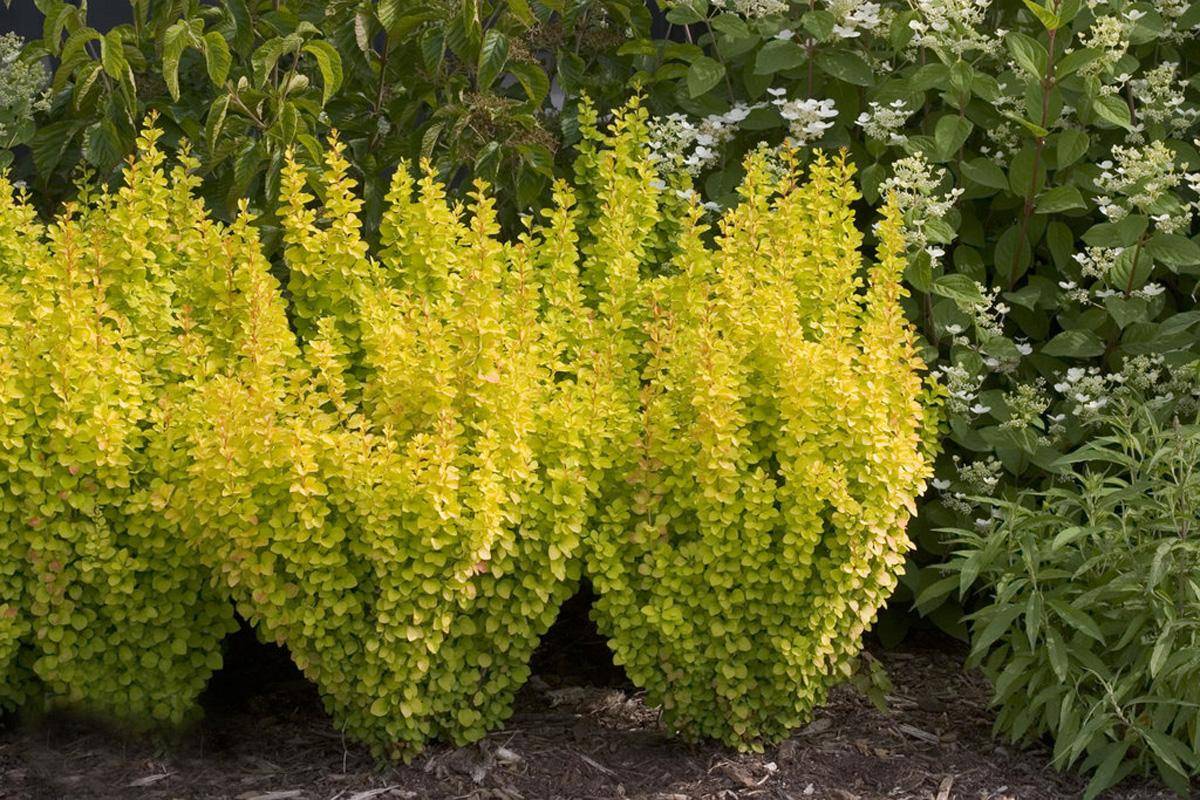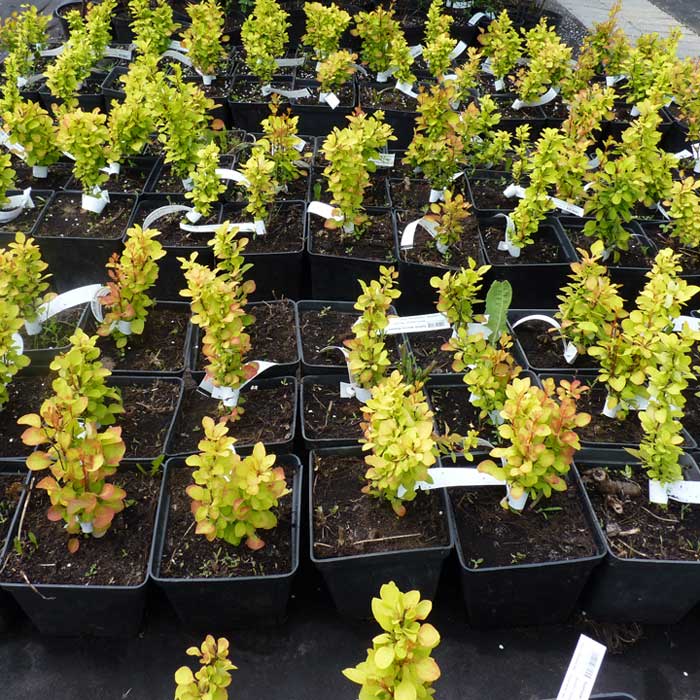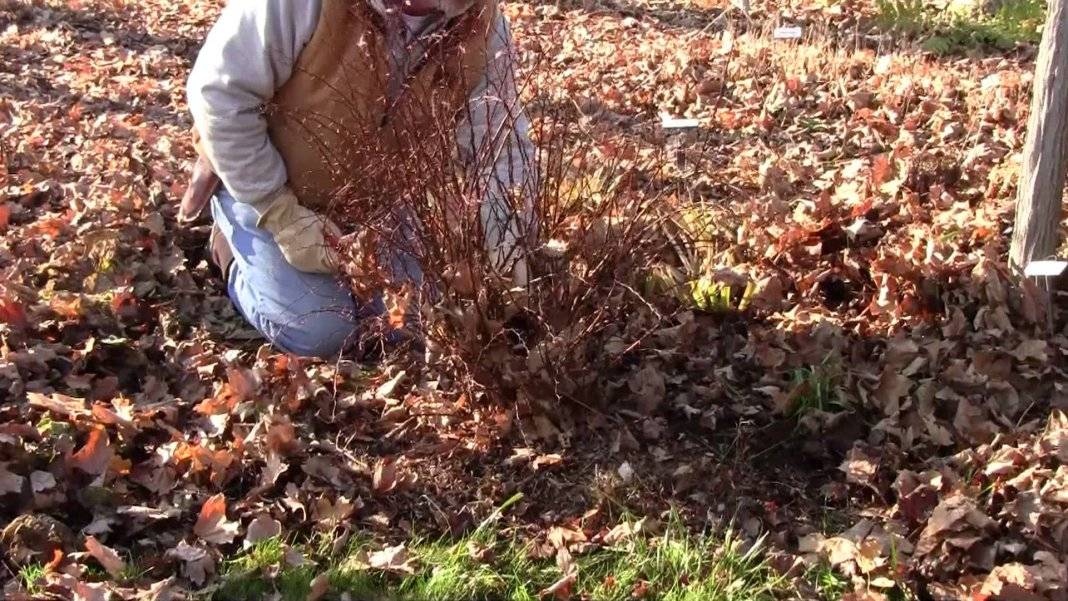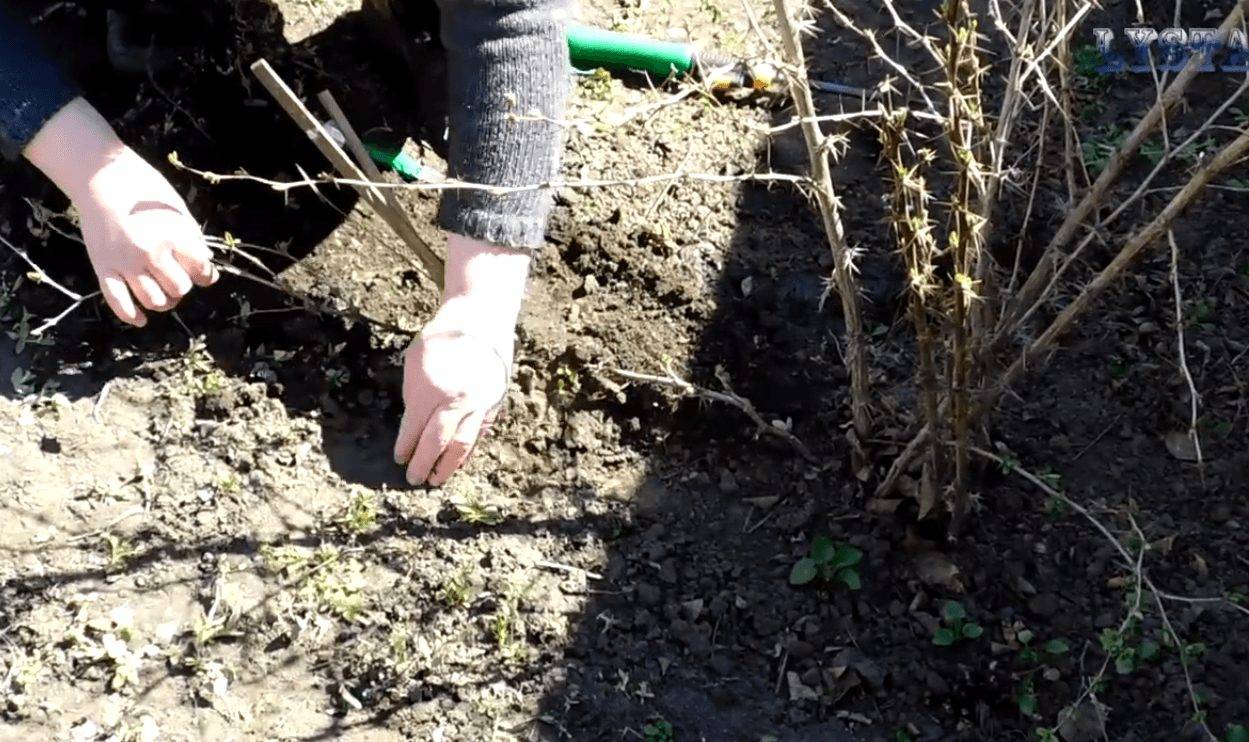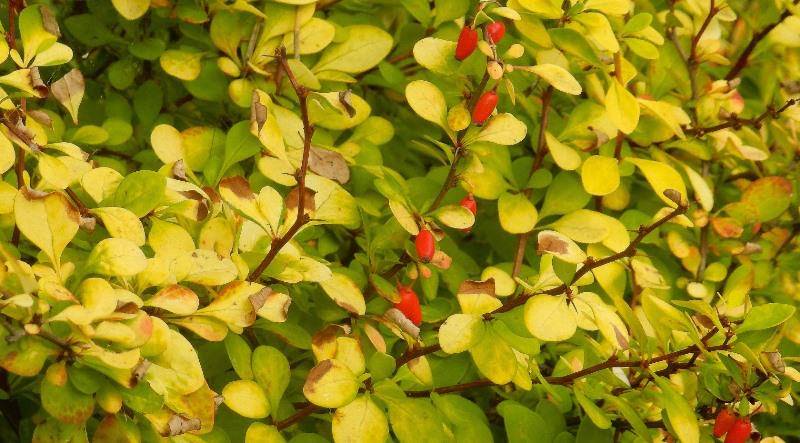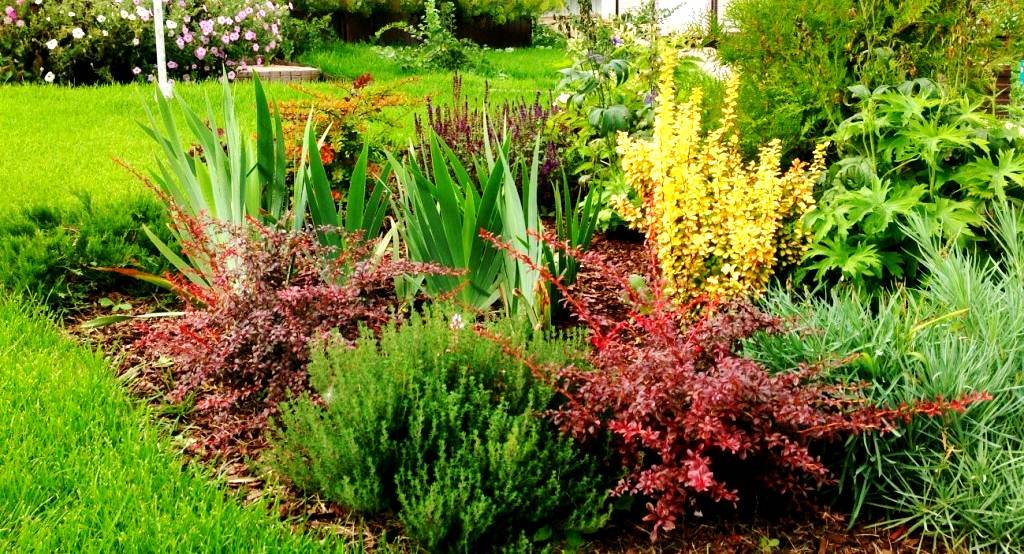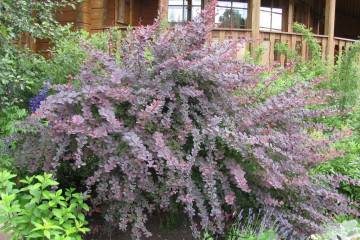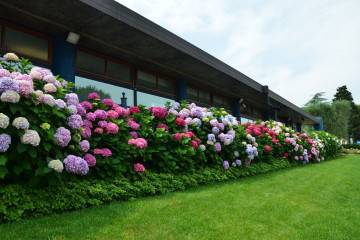Barberry Golden Rocket - description and cultivation
Content:
In nature, there are 580 species of barberry. Bushes are different in height, color of leaves, color of berries. Thunberg barberry is an ornamental species often used for landscaping parks and private gardens. One of the most attractive varieties is Golden Rocket berberis thunbergii. Further information on growing crops in the local area.
Description and features of Golden Rocket barberry
Columnar bushes reach a height of 1.5 meters. The crown span is small, only 50-60 centimeters. Young shoots are colored orange-pink, adults acquire a red tint. There are thorns along the entire length of the trunks, about 1 centimeter long. Barberry grows slowly.
Leaves are small, rounded. Flowering occurs in June. The petals are pale yellow, fragrant. Coral-colored berries ripen by the end of September. They remain on the bushes even after the leaves fall.
Planting from seeds
You can sow seeds first in boxes, or directly into open ground. In the first case, they are first separated from the pulp; in the second, they can be planted in a shell. Before sowing in boxes, the seed is kept for 2-4 months at a temperature of 2-5 ° C.
Berries are planted in open ground in late autumn. In winter, they naturally undergo the necessary stratification. At the beginning of summer, the first seedlings already appear.
Planting seedlings in open ground
The barberry bushes thunbergii golden rocket are planted in a permanent place in spring or autumn. To do this, choose a well-lit area, since when growing in the shade, the leaves will be pale. For a day, the root system of the seedlings is soaked in a solution of potassium permanganate.
The landing procedure is carried out as follows:
- dig a hole with a width and depth of at least 60 centimeters;
- lay out a drainage layer of broken bricks, crushed stone, sand;
- fill the hole with fertile soil;
- barberry is planted;
- lightly tamp the soil, watered.
The root circle can be mulched to retain moisture in the soil. Shoots are pruned, leaving a few buds. After that, the plant will put all its strength into rooting.
How to care
Care consists in watering, feeding, loosening the soil, pruning. Several times a season for the prevention of barberry can be sprayed with insectofungicides.
Watering
In the year of planting, the plant needs abundant watering. Water for irrigation is used warm, settled.
In the future, barberry is watered only in dry and hot weather. In the fall, water-charging irrigation is carried out.
Loosening
After watering, the soil is loosened. The procedure promotes the penetration of air to the root system.
Simultaneously with loosening the soil, weeds are removed, which can be a carrier of diseases and pests. If the root circle is mulched, the procedure can be carried out much less often.
Top dressing
If the barberry was planted in fertilized soil, no top dressing is performed in the first year. In the future, nitrogen-containing substances are introduced once every 3-4 years in the spring. Complex mineral fertilizer is used at the beginning of summer 1 time in 2 years.
Pruning
Sanitary and decorative pruning is carried out every year. In early spring, dry, diseased, damaged shoots are removed. Cut off the branches growing inside the crown. The next year after planting, the shoots are cut to ⅔ of the height.
Reproduction methods
There are several ways to breed Golden Rocket barberry: by seeds, cuttings, dividing the bush, layering. When choosing the first option, it should be borne in mind that some of the qualities indicated in the description may not be transmitted during seed reproduction.
Seeds
In November, the fruits are harvested, kneaded in a bowl, carefully separating the seeds. Then washed in water and dried.
For several minutes, the planting material is placed in a weak solution of potassium permanganate for disinfection. The dried material is sown in pots or directly into open ground.
Cuttings
Cuttings are rooted in spring. They are cut from healthy shoots, planted in pots with loose, air-permeable soil.
To create greenhouse conditions, containers with cuttings are covered with foil. When leaves appear, the shelter is removed.
Grown plants are planted in a permanent place.
By dividing the bush
Mature shrubs can be divided. To do this, they are dug out, divided into parts with a sharp tool. Each division should consist of several shoots and a root system.
They are planted in a permanent place immediately.
Layers
Reproduction of barberry by this method is carried out in the spring. The procedure is performed as follows:
- make a groove 10 centimeters deep;
- shoots bend to the ground;
- fixed with staples;
- watered abundantly;
- fall asleep with earth so that a small mound forms.
During the summer, the layers are looked after: watered, remove weeds, loosen the ground. By autumn, they will have a root system and young shoots. Young plants are separated from the mother bush, planted in a prepared place in the garden.
Diseases and pests
Golden Rocket barberry can be affected by fungal diseases. This is most often due to frequent and abundant watering. For prevention, the bushes can be sprayed several times per season with copper-containing preparations.
Of the pests, the bushes can be affected by the barberry aphid. Insects suck the juice from the leaves, after which they begin to dry and fall off. You can get rid of aphids by spraying the bushes with insecticides.
Preparing for winter
In autumn, the barberry is watered abundantly. With the onset of frost, young bushes spud, cover with spruce branches.
Adult plants tolerate frost well, do not need shelter.
Use in landscape design
Barberry Thunberg of the Golden Rocket variety is loved by both specialists and gardeners. The plant is appreciated for its beautiful foliage, which can become a decoration of the local area.
Barberry can be planted as a hedge. In this case, the bushes should be planted at a short distance from one another. They will need to be pruned constantly. A plant with yellow-pink leaves looks beautiful against the background of evergreen conifers.
Barberry can become a decoration of a mixborder when combined with plants of contrasting shades. It is necessary to select crops not only in color, but also in shape. Thunberg's Golden Rocket barberry will look no less impressive as a tapeworm.
Healing properties
In folk medicine, all parts of the barberry are used. The plant has the following medicinal properties:
- strengthens the immune system;
- stimulates the activity of the gastrointestinal tract;
- helps to stop bleeding;
- cleans the blood;
- reduces the risk of tumors.
The Golden Rocket barberry attracts landscape designers and hobby gardeners. It is unpretentious to care for, has high decorative qualities, and multiplies easily. Bushes can be planted on the site as a hedge, in a mixborder, combining with other plants, and also singly against the background of lawn grass.
